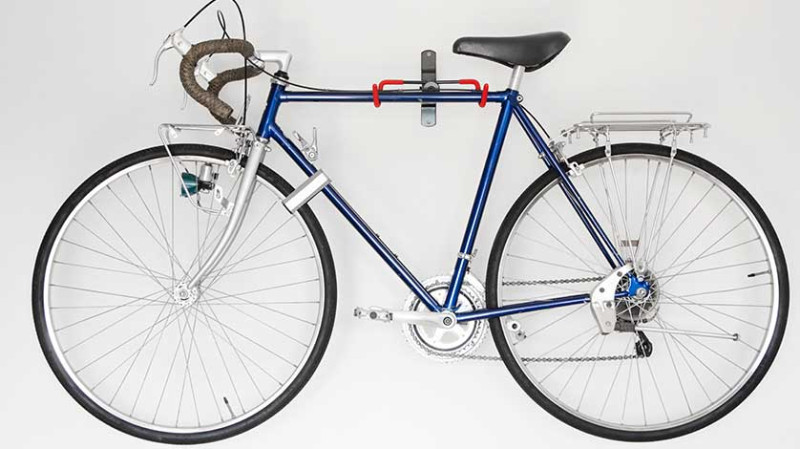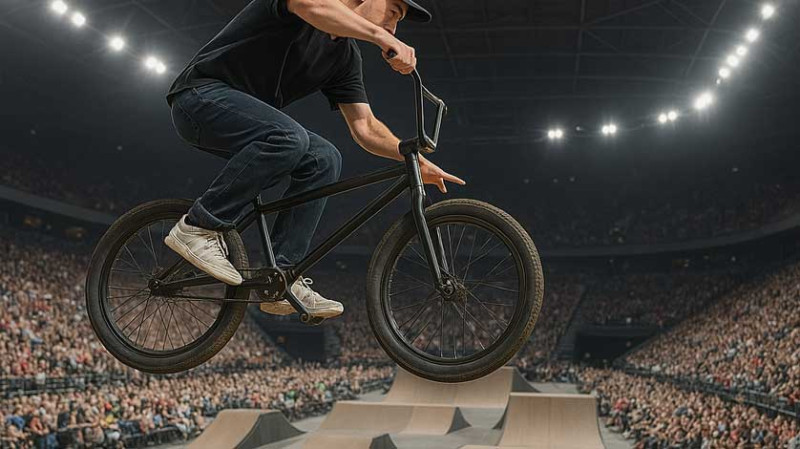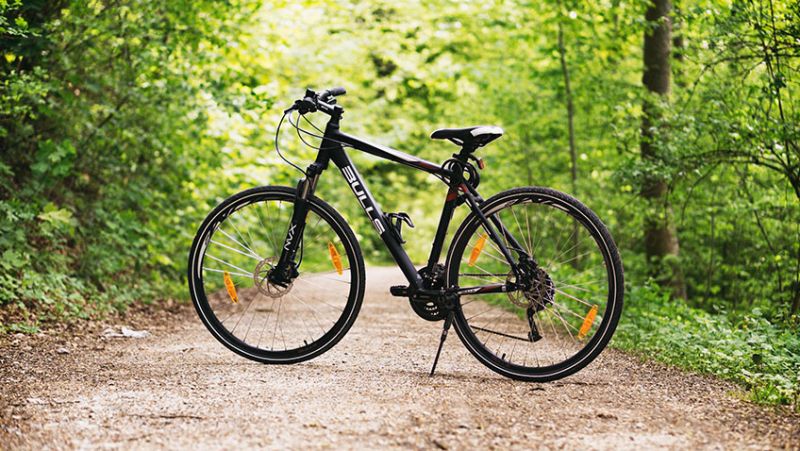
For years, I rode under the impression that a dedicated touring bike was the gold standard for long-distance adventures, bikepacking weekends, and even occasional commuting. Built to carry heavy loads, soak up rough terrain, and handle predictably under pressure, touring bikes occupied a special corner of my workshop — and my heart.
But as the cycling world has evolved, and as my own riding needs have changed, I’ve come to a surprising conclusion: I’ll probably never buy another touring bike again. And if you’re someone who values versatility, performance, and smart investment in your gear — DIYers, tradespeople, designers, and weekend expeditioners alike — it might be time to rethink your own cycling setup too.
Touring Bikes Are Built for a Niche That’s Shrinking
Let’s face it: dedicated touring bikes are built for a very specific purpose — long-distance travel with panniers and racks over tarmac, gravel, and dirt. But for most people, that kind of riding only constitutes a few days — or at most, a couple of weeks — out of the year.
And in the UK, where urban riding, commuting, and weekend loops dominate how we use bikes, the practicality of owning a dedicated touring rig starts to make less sense. Unlike a good multitool, a hard-use gravel or all-road bike can be your route to the post office, your training partner along canal paths, and your two-wheeled getaway vehicle when you need to disappear for a long weekend in the Lake District.
The reality is, with modern frame geometry and smarter accessory integration, one well-chosen gravel or adventure bike can replace three specialised bikes in your garage.
Modern Adventure & Gravel Bikes Do 90% of the Job — Better
The rise of gravel and adventure bikes isn’t just some marketing gimmick. These platforms are now engineered to be lighter, stronger, and more versatile than traditional touring setups. With clearance for 40–50mm tyres, internal routing options for dynamo hubs, and multiple mounting points for cages, bags, and custom brackets, you can fit out a gravel bike for everything from light touring to off-road adventures.
More importantly, they’re generally more fun to ride. Touring bikes — with their stretched wheelbases and overbuilt frames — often feel sluggish unless you’re fully loaded. In contrast, a gravel or adventure bike, even with moderate load, remains nimble and fun to ride on daily routes, trainer rides, or even cyclocross tracks.
For design-conscious professionals or tradespeople who need a bike that suits their lifestyle — whether that’s commuting to site meetings, stopping by the merchant’s in tight lanes, or exploring the Peak District on annual leave — a gravel bike gives you efficiency with flexibility.
Racks and Panniers Are No Longer the Smartest Way to Carry Gear
One of the biggest reasons I originally favoured touring bikes was their built-in rack mounts and pannier compatibility. But the rise of bikepacking solutions—ultra-lightweight, strap-on bags that easily attach to virtually any frame—has revolutionised how we think about on-bike storage.
Bikepacking bags distribute weight more evenly, improve handling, and make it easier to hop on and off public transport without catching mudguards or clunky panniers on boarding gates or train platforms. For UK-based riders who weave long rides with public transport or store their bikes indoors, this is a game-changer.
Panniers and racks still have their place — especially for ultra-heavy touring or professional carriers — but for the average adventurer, they’re no longer essential. You can achieve a more modular, cleaner, and tighter gear setup with a few strategically chosen frame, saddle, and handlebar bags.
One Bike to Rule Them All: The Case for Versatility
Fitness, fun, commuting, adventuring — for many of us, one bike needs to serve multiple masters. That’s where the latest generation of versatile rides, including steel adventure bikes, carbon gravel rigs, and even hybrid commuter-tourers with wider tyres and drop or flat bars, come in.
Let’s say you're an architect commuting across London during the week, and trekking the Dales on weekends. Or maybe you're a tradesperson in Bristol looking to make your van-free lifestyle reality. A do-it-all bike that fits full mudguards, uses modern gearing systems, and still looks sharp outside your client’s property? That’s the present — and the future — of cycling utility.
Touring bikes — while reliable — are often overbuilt for this. Their steel tubes are thick, their handling conservative, and their parts outdated. Embrace a modern, modular platform and your cycling experience across business, leisure, and travel gets better.
Cost Efficiency: One Frame, Many uses
Investing in one quality frame that can evolve with your riding needs is more cost-effective in the long run than owning multiple specialist bikes. A well-specced gravel or all-road frame can be built up for commuting with mudguards, work as a winter trainer with 32mm slicks, and be transformed into a tour-ready machine with bikepacking bags for summer trips to Cornwall or the Highlands.
Here's how a single bike can serve multiple roles year-round:
| Setup | Components | Use Case |
|---|---|---|
| Commuter | Full mudguards, pannier rack, lights, 32mm slick tyres | Urban cycling, site visits, daily errands |
| Weekend Adventure | 40mm gravel tyres, bikepacking bags, clipless pedals | Trail riding, long off-road weekends |
| Touring Setup | 50mm tyres, wide-range gearing, dynamo lights | Long-distance touring, camping expeditions |
| Winter Training | Trainer wheelset, clip-on fenders, compact gearing | Indoor or outdoor comfort-focused training |
This modular approach reduces the need to maintain multiple bikes (and associated costs) while letting your riding evolve over time — an efficient, practical model that appeals to the DIY mentality and lifestyle professionals alike.
In the End, It’s About Riding More, Not Owning More
If you’re a bike lover in the UK who enjoys the practical aspects of riding and the freedom it brings, there’s a simple truth: owning more bikes doesn’t equate to more freedom or better experiences. In fact, it may do the opposite — adding cost, storage frustration, and riding guilt.
After years of fine-tuning my fleet, I’ve found there’s more joy in keeping things minimal and functional. One adaptable, comfortable, well-chosen bike does far more to encourage riding than a dusty touring machine waiting for its rare moment of purpose.
Final Thoughts
I’ll always respect the classic touring bike — the way it shaped my early adventures and introduced me to the joy of self-supported travel. But today’s riding needs, especially for UK-based professionals and recreational riders, call for a smarter, more flexible approach.
Whether you're redesigning your commute, tackling rough terrain, or planning a long-distance trip, the right versatile bike — not a dedicated touring rig — is almost certainly the better investment. And with so many beautifully designed, UK-available adventure and gravel options out there, it’s never been easier to ride further, faster, and freer.





